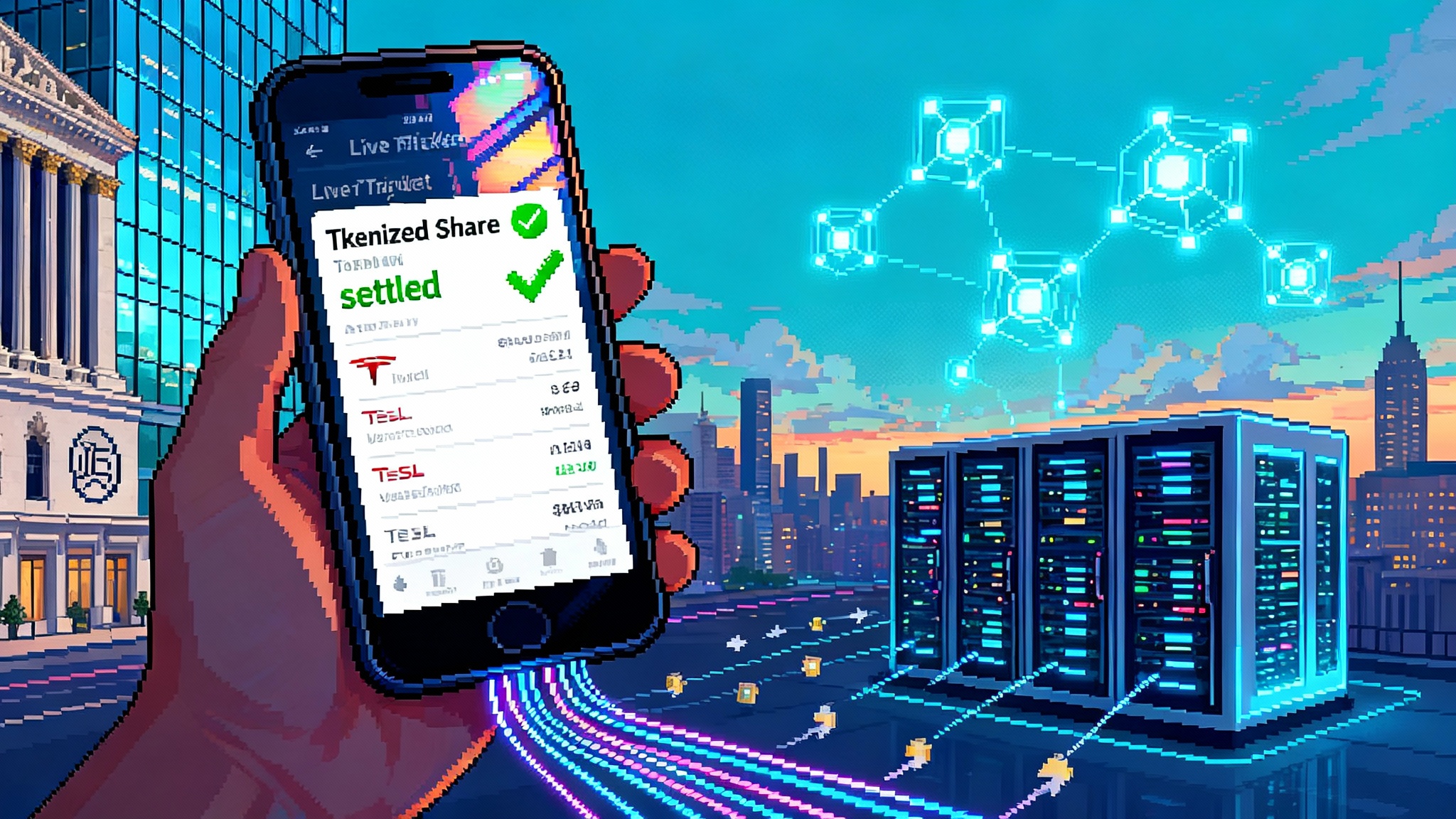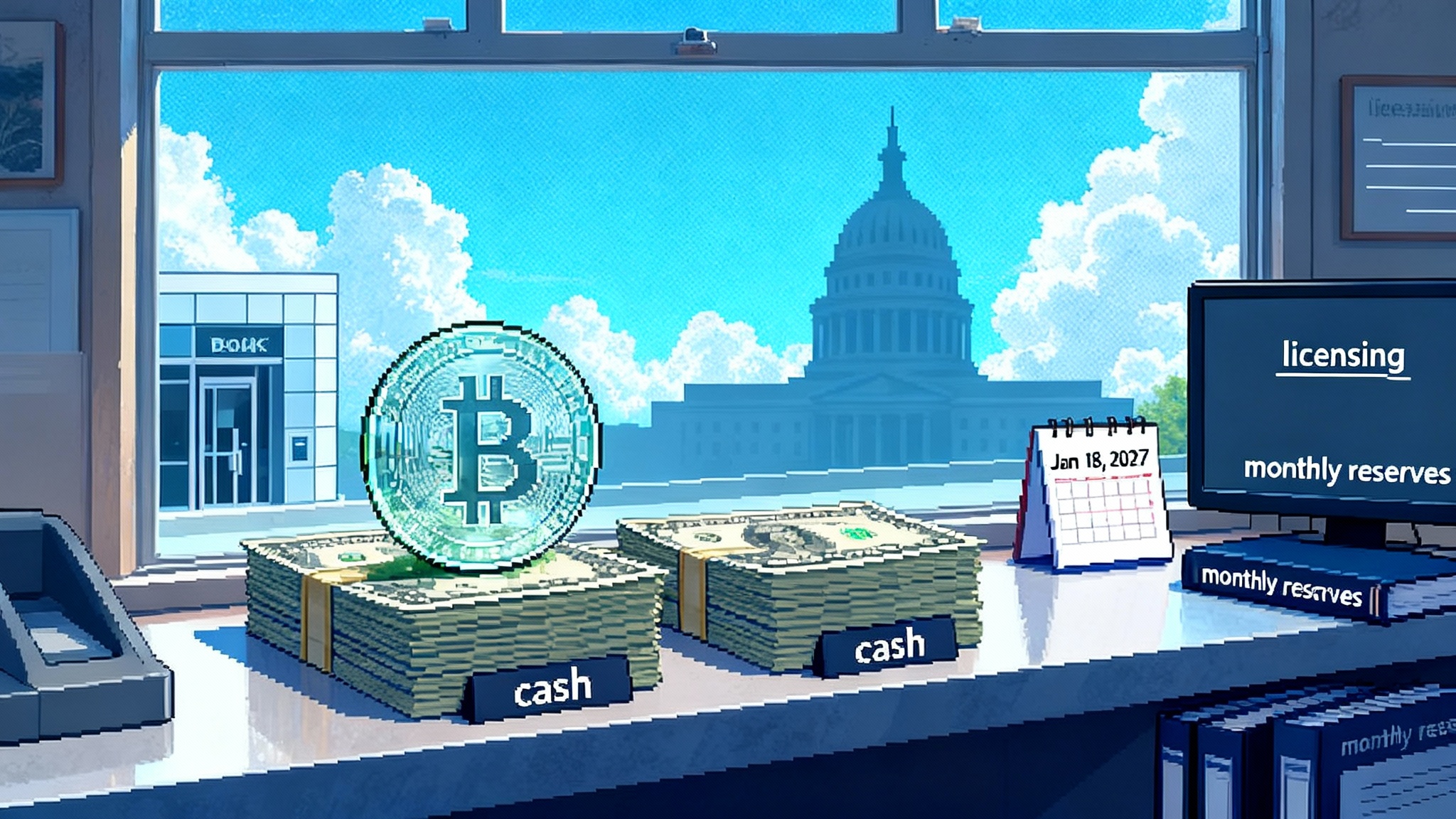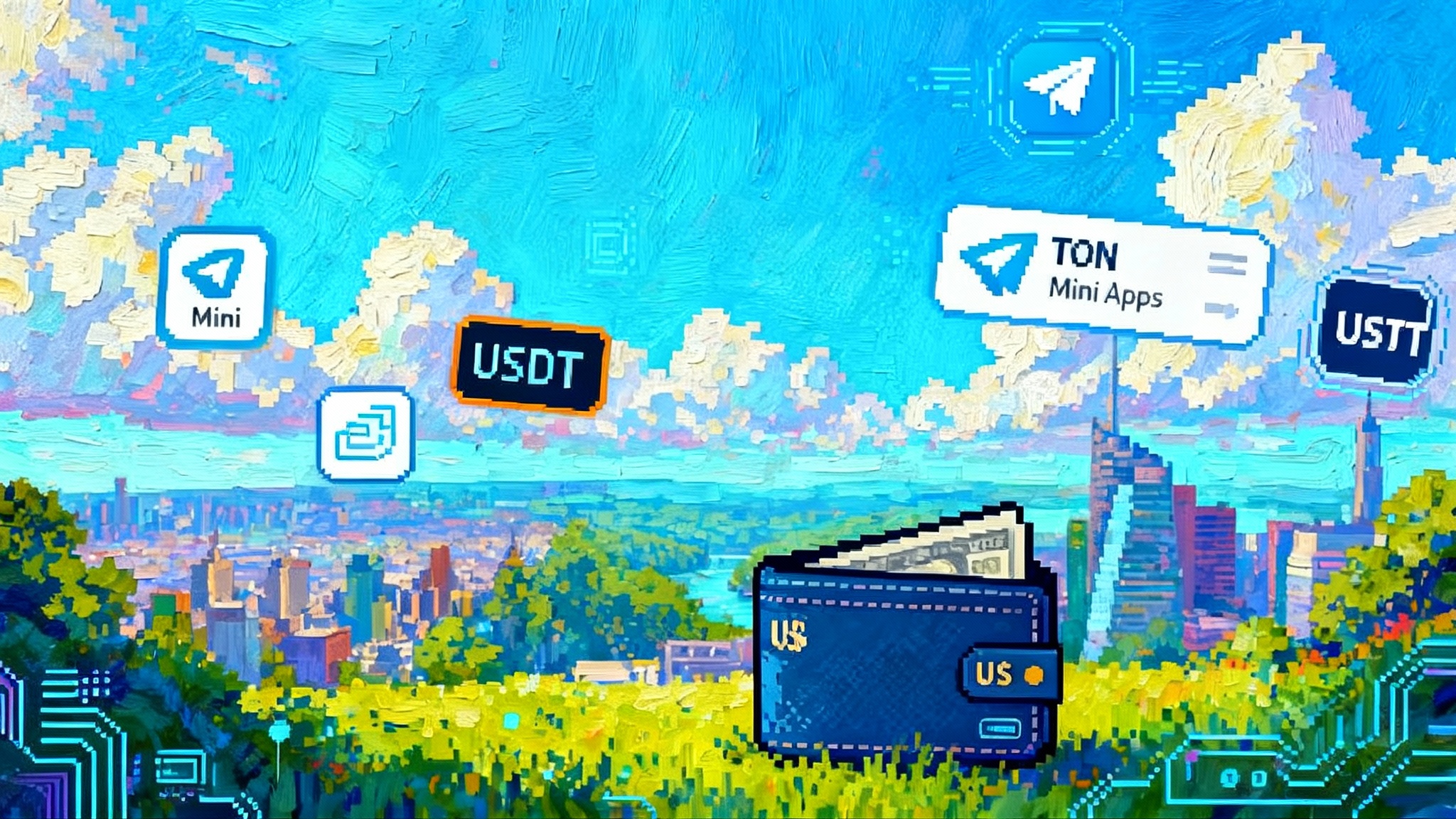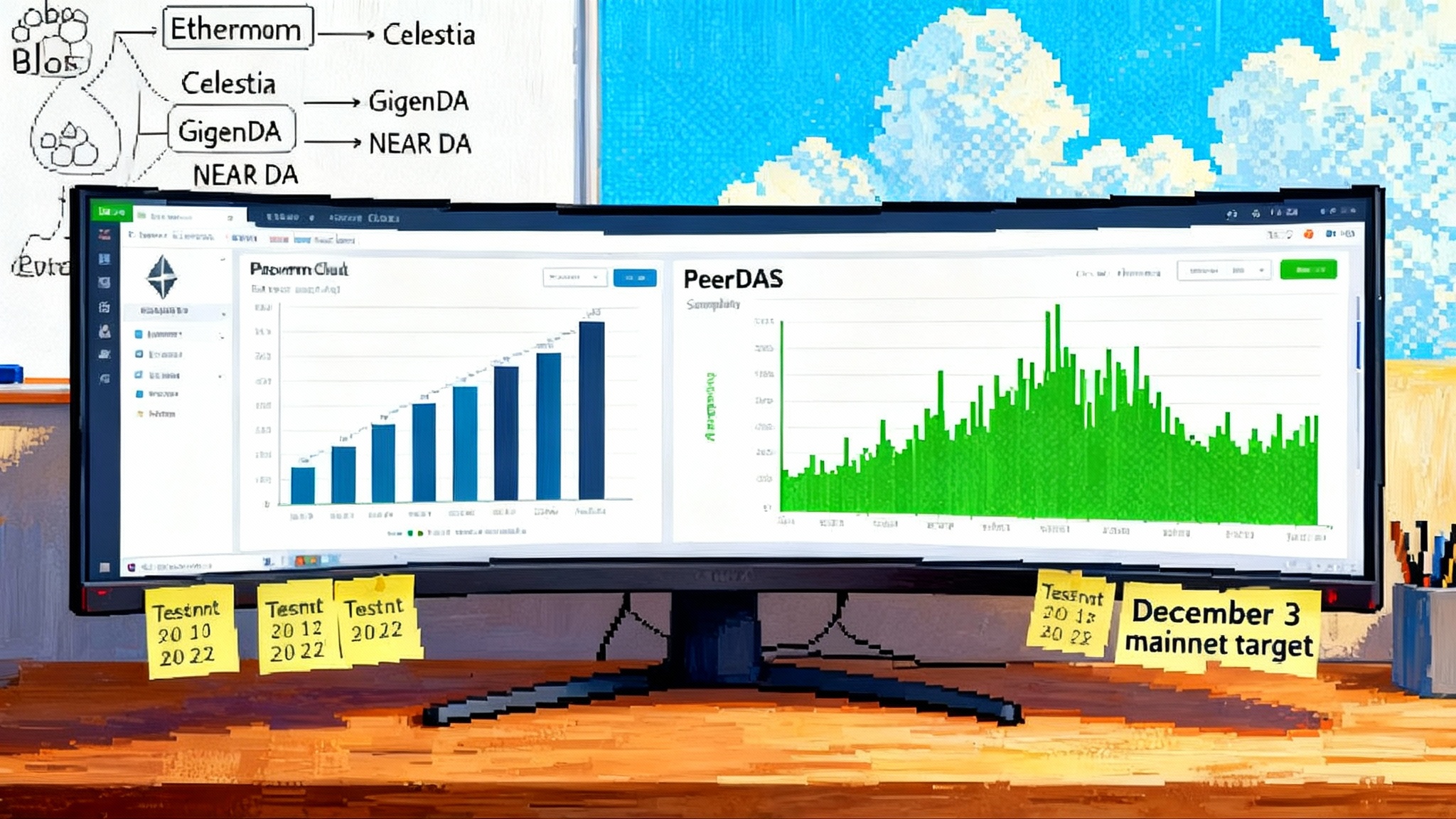Telegram’s TON Takeover: Chat‑Native Crypto Goes Mainstream
In early 2025 Telegram standardized its mini apps on TON and pushed wallet features deeper into chat while USDT usage accelerated. Here is what that unlocks next and the concrete plays to ship in Q4 2025.
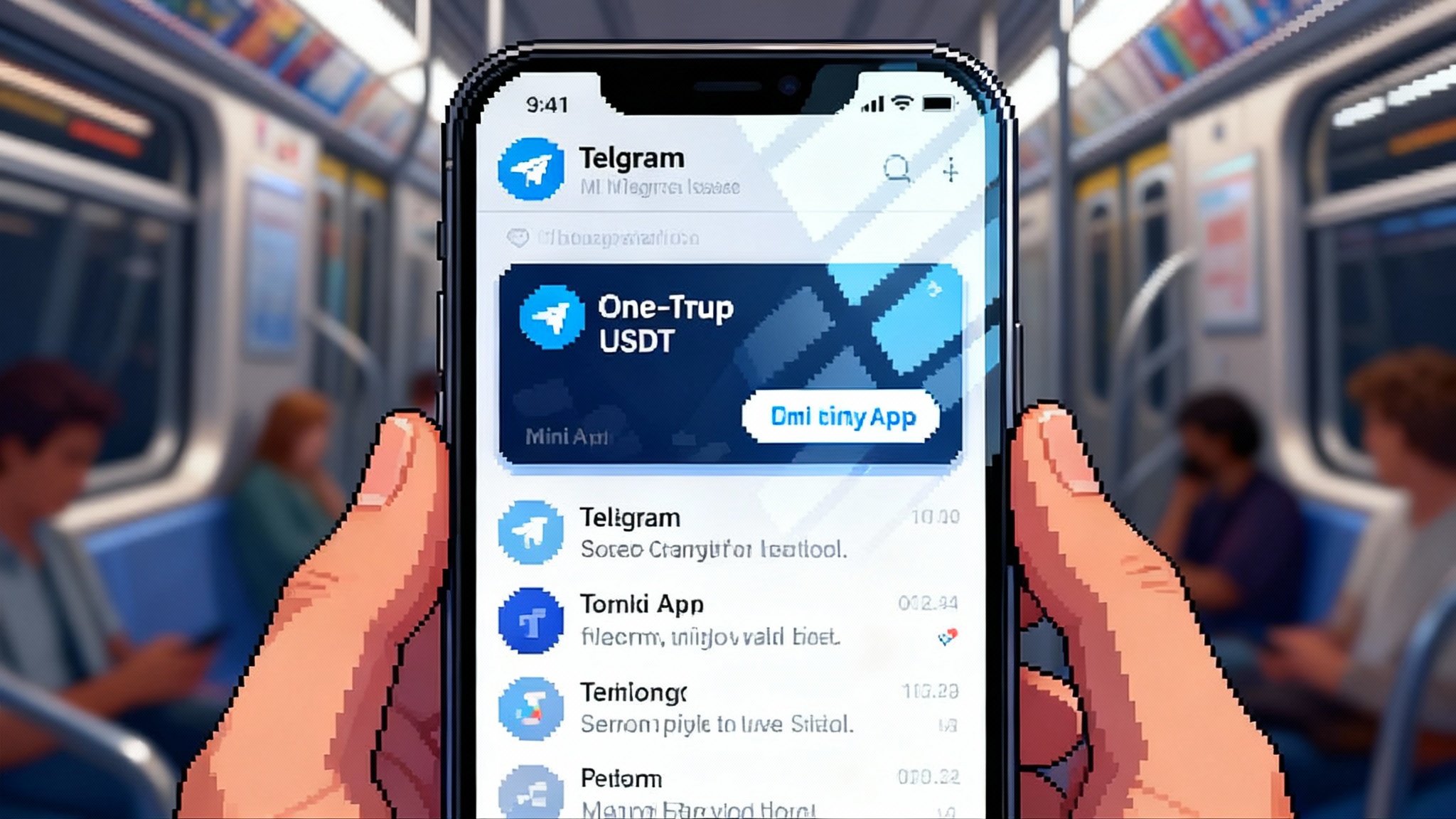
The breakthrough moment
Something big quietly snapped into place in early 2025. Telegram, already the world’s most developer friendly messenger, made The Open Network the standard chain for its mini apps and pushed wallet features deeper into the chat experience through its Telegram Web Apps framework. At the same time, USDT activity on TON accelerated, turning stablecoin balance into a native, liquid building block that anyone can move inside a conversation. Put those shifts together and Telegram now looks less like a chat app and more like a general purpose operating system for money, media, and micro commerce.
This is not the abstract vision of some future super app. The rails are already live, the distribution is already there, and the user behaviors are already familiar. Tapping a bot, opening a mini app, and confirming a payment are now as routine as sending a sticker. That is the crux of the TON takeover. Crypto leaves the tab switching browser world and becomes chat native.
Why chat native rails matter more than browser native rails
The last cycle focused on new chains and layer twos. They offered cheaper and faster transactions for the users who already knew how to bridge assets, manage seed phrases, and approve contracts in pop up wallets. The growth ceiling was the same every time: onboarding friction and distribution. You could optimize the highway, but there were not enough on ramps. For a compare and contrast on scaling strategy, see how permissionless L2s and distribution change incentives.
Telegram flips the order. It begins with distribution and behavior, then drops a highway underneath. Users already live in chats, channels, and communities. They already tap on inline buttons. They already discover new experiences through deep links and social sharing, not through app store searches. In other words, Telegram compresses the funnel. Discovery, onboarding, and conversion happen in one place, in one session, with no context switches.
That is a distribution moat that chains alone do not have. An isolated layer two must attract users one by one. A chat platform with built in crypto can push a new payment pattern to millions of people with a single product update or a single viral mini app. When a wallet is one tap away and balances are settled in a familiar unit like USDT, the leap from reading a message to completing a transaction becomes a short step rather than a cliff jump.
What this unlocks next
Here are the practical unlocks that move from pilot to mainstream as TON standardizes mini apps and USDT becomes the default transactional medium.
- In chat checkouts for digital goods. Creators and developers can sell stickers, files, templates, presets, or premium channel access with a one tap invoice that never leaves the thread. No cart abandonment, no browser redirects.
- Games with real micro economies. Think season passes, cosmetic items, quest rewards, and marketplace listings that settle instantly. The mental model looks like a mobile game store, but it lives inside a chat and uses a real asset rather than a soft currency.
- Remittances and peer to peer transfers in plain language. Send a message that is also a transfer. Add a note, attach a receipt, and handle disputes in the same thread. For many users this will not feel like crypto at all. It will feel like a message with a money attachment.
- Micro subscriptions. Pay a few dollars per month for a channel, a course, a niche data feed, or a bot that saves you hours per week. The payment rail does not demand a credit card or a bank account. It only needs a chat identity and a balance.
The common thread is context. When the decision to pay happens in the same surface where you discovered the product, conversion jumps. Telegram provides that surface at scale.
The new distribution moat, in four parts
- Push distribution. Product teams can notify users inside channels, groups, and direct messages, then convert within the same interface. There is no need to fight email deliverability or social algorithms.
- Deep link gravity. t.me links collapse the distance between discovery and action. A link in a tweet, a blog post, or a friend’s message can deep link straight into a mini app view with prefilled parameters and state.
- Built in identity. Telegram accounts map to real contact graphs. That means referrals, gifting, and social proofs do not require fresh identity scaffolding. You inherit a user’s social context by default.
- A familiar wallet. When balances sit right in the chat UI, it changes user psychology. The difference between zero and some is massive. Once a user holds a small amount of USDT, everything else feels like spending store credit rather than making a bank level decision.
Platform and compliance trade offs builders must price in
The moat comes with risk. You are building on a private platform with evolving policies and a visible stance on which rails are first class.
- Chain exclusivity. Standardizing on TON makes sense for speed and consistency, but it introduces concentration risk. If you depend entirely on TON inside Telegram, you are exposed to potential fee changes, rate limits, or policy shifts. Price it in like an infrastructure dependency rather than a temporary growth hack. For context on throughput planning, revisit the Polygon Rio performance profile.
- App store rules. If your mini app touches mobile clients, you must design flows that comply with Apple and Google policies. That means careful placement of paywalls, digital goods, and upgrade offers. Assume review teams will check. Build alternate flows for web and desktop clients where rules differ.
- Regional compliance. Stablecoin rules vary by country. Some corridors are permissive and thriving. Others require enhanced due diligence or outright geofencing. Adopt a jurisdiction map on day one. Implement configurable rule sets rather than one hard coded policy. The emerging U.S.-licensed stablecoin landscape is a bellwether for product decisions.
- Know your transaction patterns. Even if your wallet experience starts as fully self custodial, many users will eventually need ramps, swaps, or hosted balances. That pulls you into travel rule obligations, monitoring for sanctions violations, and suspicious activity reporting. Choose compliance partners early and bake event logging into your architecture.
Smart teams will treat these as design constraints, not reasons to delay. The winners will ship with risk aware defaults and adjustable controls.
Concrete plays to ship in Q4 2025
Here is a focused backlog you can lift into your roadmap now. Each play names the user, the why, the what, and the first sprint.
-
Instant USDT checkout for digital goods
User: creators and niche tool makers who already run channels
Why: convert intent while attention is high, no browser hop
What: one tap invoice messages with order summaries and fulfillment inside the chat
Sprint one: build a mini app that generates invoices from a product catalog and delivers files or unlock codes automatically upon confirmation -
Cross border micro payroll for small teams
User: distributed teams paying part time contributors and community moderators
Why: bank wires are slow and expensive for small amounts
What: weekly USDT payouts with chat notifications, receipts, and a manager dashboard
Sprint one: implement a role based bot, CSV import for pay runs, and per recipient memo fields for bookkeeping -
Creator channel memberships with trials and gifting
User: media makers with high signal communities
Why: predictability of recurring revenue without card churn
What: monthly micro subscriptions, seven day trials, gifting to friends, and referral bonuses paid in USDT credits
Sprint one: permissioned channel integration, automated role updates, and a retry queue for failed renewals -
In chat game seasons with on chain items
User: casual gamers inside Telegram supergroups
Why: social virality is already present, items need real ownership and liquidity
What: season passes, cosmetic drops, and a peer marketplace with escrow
Sprint one: define item schemas, implement custodial minting for new users, and a one tap sell flow with fees routed to the dev team treasury -
Remittance corridors with retail cash out partners
User: migrant workers and their families
Why: reduce friction and fees compared to traditional remittance
What: guided flows that quote end to end cost, provide arrival estimates, and send status updates inside the chat
Sprint one: integrate a ramp aggregator, build corridor specific compliance checks, and run a pilot with a single city pair to measure delivery times and failure rates -
Event ticketing in a chat thread
User: local organizers and communities
Why: discovery and coordination already happen in Telegram
What: ticket sales, QR code delivery, and gate scans via a mini app
Sprint one: create a ticket type registry, add transfer and resale with fee splits, and produce a lightweight door staff app tied to the same bot -
Loyalty as a programmable point
User: small ecommerce brands with Telegram communities
Why: points drive repeat purchases and referrals
What: earn and burn rules using TON tokens, plus claimable perks inside messages
Sprint one: build a points ledger in your backend, mirror it on chain for portability, and ship a referral reward that grants points to both parties -
Cash like tipping and micro bounties
User: moderators, translators, open source contributors
Why: recognize work in real time without friction
What: one tap tip buttons linked to verified roles, plus micro bounties that escrow funds until a maintainer marks work complete
Sprint one: implement role verification, escrow release flows, and public tip receipts that celebrate contributors without exposing personal wallet addresses -
Off the shelf invoice rails for freelancers
User: designers, editors, independent developers
Why: invoices get lost in email, clients prefer chat
What: invoices as shareable message cards with due dates, late fees, and partial payments
Sprint one: create a template library and a status timeline that updates the chat when a payment lands -
Compliance controls as a service
User: any mini app that touches custody or ramps
Why: repeatable rules across regions and partners
What: a plug in that handles geofencing, velocity limits, suspicious pattern alerts, and exportable audit logs
Sprint one: ship a rules engine with a visual editor so operations teams can update policies without redeploying code
Product and technical patterns that work
- Custodial first, self custodial ready. Most new users should not see seed phrases on day one. Start with a secure custodial path that handles keys, recovery, and fraud checks. Give power users an exit to self custody with clear education and a reversible bridge.
- Gas abstraction and pre paid fees. Users should approve a purchase, not a gas calculation. Pre pay gas for small transactions and bake costs into pricing. For larger flows, show a simple all in price and cover variability with a buffer.
- Session keys with scoped permissions. For games and high frequency actions, session keys reduce approval fatigue while limiting blast radius. Scope them to item transfers or micro buys, attach short expirations, and rotate often.
- Idempotent webhooks and retries. Telegram bots are chat native, but your fulfillment is still web infrastructure. Make every operation idempotent, add exponential backoff on network errors, and log unique correlation identifiers in each message.
- Message level receipts. Treat a receipt as a first class artifact in the chat. Include status, amount, item, and dispute options. When users can scan their own thread to reconstruct a history, support tickets fall sharply.
Go to market in a chat world
- Launch inside a community you already serve. Do not start with ads. Start with a Telegram group that trusts you. Ship a working flow to them first, collect bugs quickly, and refine the onboarding steps until the drop off rate is acceptable.
- Design for shareability. Every success state should generate a compact message card that is safe to forward. Think achievement badges in games, receipts for tips, or a friend pass for a subscription.
- Make three deep links your growth loop. One for first time users, one for returning users with balances, and one for gift or referral. Place them everywhere you can use a URL. The right deep link often beats a landing page.
- Partner with operators, not just influencers. A local remittance operator, a respected community admin, or a guild of freelancers can drive usage with higher trust than a large but passive audience.
Measuring what matters
Track the metrics that translate directly to product truth.
- Time to first purchase. Measure from first bot start to first confirmed payment. Above 120 seconds usually signals friction in permissions or invoice design.
- Repeat purchase rate at day seven and day thirty. If it does not recur, your use case is novelty or your value delivery is slow.
- Subscription churn causes. Tag cancel reasons directly in chat and follow up with a one tap pause option rather than a full cancel.
- Remittance end to end timing. Post payment to cash out arrival is the trust metric. Publish corridor averages inside the app so users form accurate expectations.
- Failure modes by step. Declines, network timeouts, and false positives in risk checks should each have separate dashboards and playbooks.
What could go wrong, and how to prepare
- Policy shifts. Telegram can change surfaces or prominence. Build a web fallback path for critical flows and maintain a static landing page for user support even if 99 percent of your traffic stays in chat.
- App store scrutiny. If a mobile platform tightens rules, be ready to route sensitive flows to web or desktop with graceful handoffs and clear explanations.
- Network congestion. Plan for fee spikes and throughput limits. Queue non urgent operations, prioritize user visible actions, and reserve a pool of pre funded gas for incident response.
- Fraud and abuse. Inline payments make scams tempting. Use allowlists for high risk destinations, add velocity limits for new accounts, and build a dispute center that defaults to quick refunds for small amounts.
The competitive response to expect
Do not assume this window stays open forever. Competing chains will double down on embedded wallets and social distribution. Other messengers will experiment with in chat payments, but Telegram has a head start and a developer culture that moves quickly. The realistic response from layer twos is not to out distribute Telegram but to integrate where it makes sense. Expect bridges, custodial partnership flows, and shared identity primitives. For builders who care about reach this is good news. It means the chat surface becomes the universal front door even as settlement may diversify behind the scenes.
The builder’s edge in Q4 2025
The opportunity right now is not to invent a new paradigm. It is to package familiar user value into chat native flows that feel inevitable. If your product creates value for a person or a small team, there is a credible way to make it happen inside a thread, paid for with a stablecoin balance, confirmed with a message, and supported by the same bot that delivered it.
The shift from browser native to chat native is like the shift from cash register to card reader, then from card reader to one tap mobile pay. Each step took friction out and moved the point of sale closer to the point of decision. TON inside Telegram is the next step. The checkout lives where the conversation lives. The brands that learn to sell in that context will not just capture a new channel. They will set the default pattern for how people pay, play, and get paid online.
Builders who move now can shape those patterns. Pick one of the concrete plays above, ship the smallest version that works in real chats, and measure ruthlessly. The early wins will not only compound. They will teach you the grammar of chat native product design, and that fluency will be hard for slower teams to copy.
The window is open. The rails are ready. The conversation is already happening. Put your product in the chat and let the market reply.

